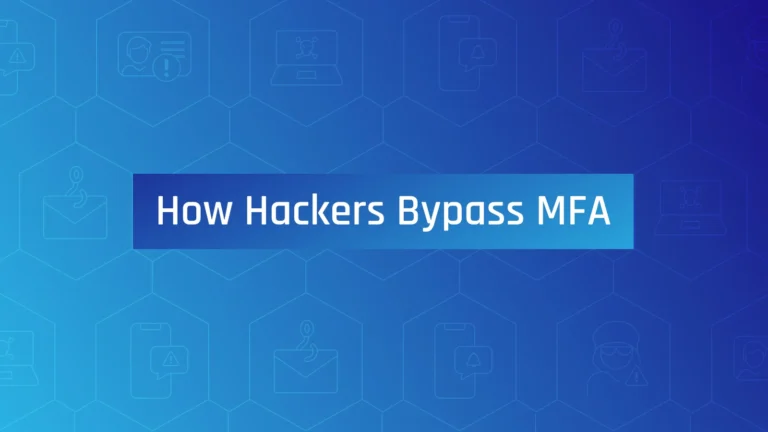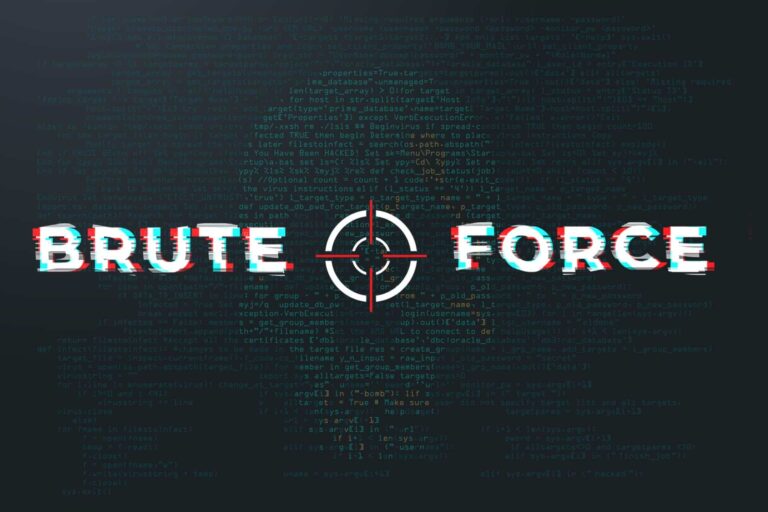QR Code Phishing (Quishing) – Malicious QR Codes Redirecting to Fake Sites: A Comprehensive Deep Dive into a Growing Cyber Threat
In our increasingly digital world, Quick Response (QR) codes have seamlessly integrated into nearly every facet of daily life. From restaurant menus and contactless payments to event tickets and product information, these seemingly innocuous square barcodes offer unparalleled convenience. A quick scan with a smartphone camera instantly connects users to a wealth of information or…




